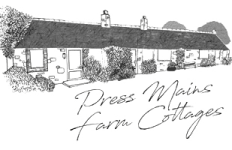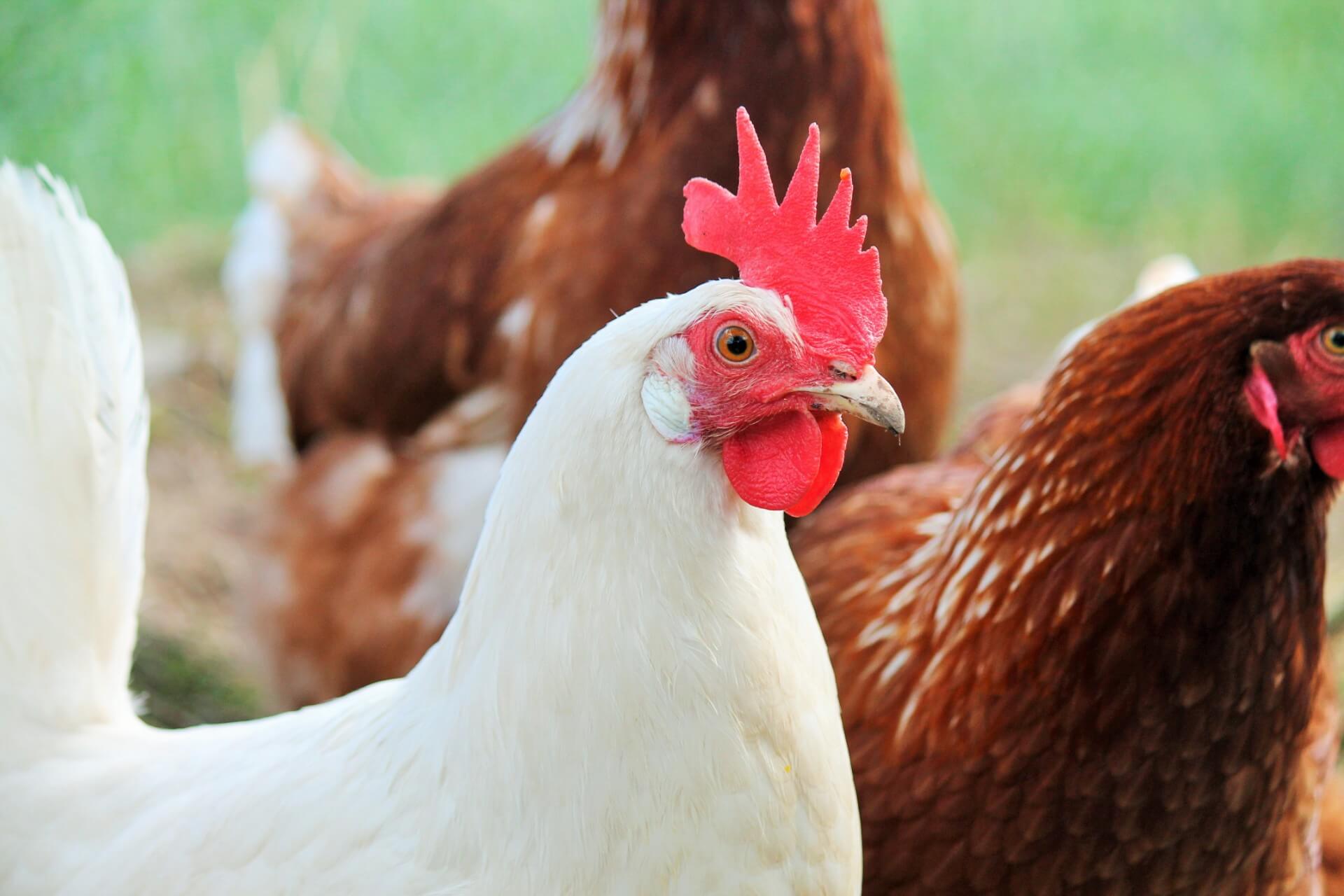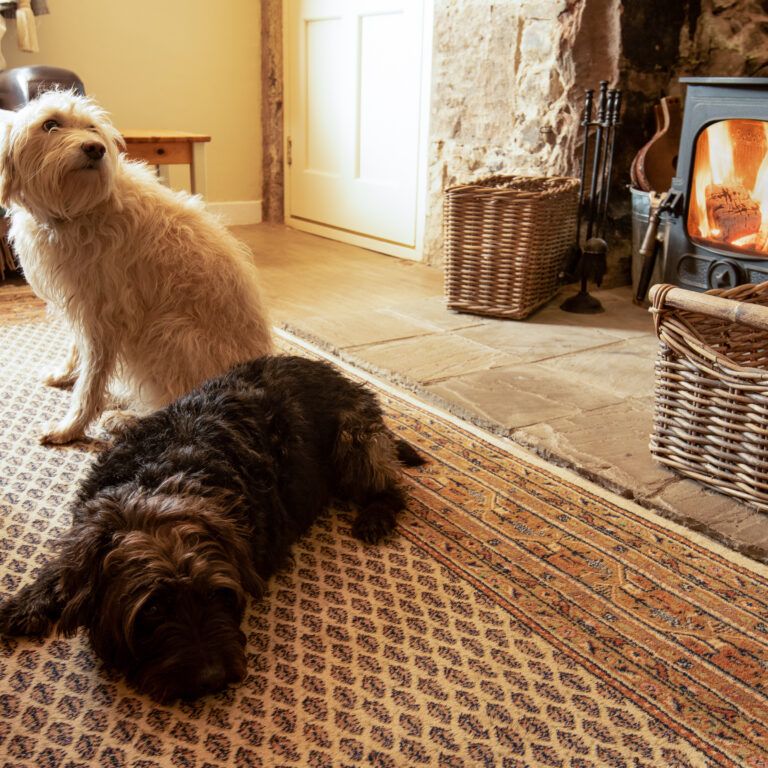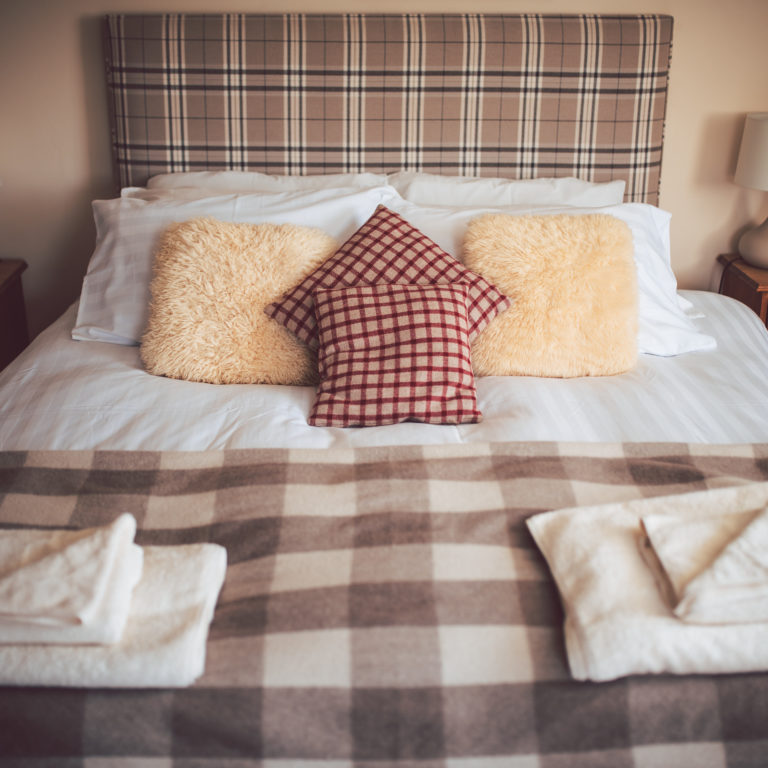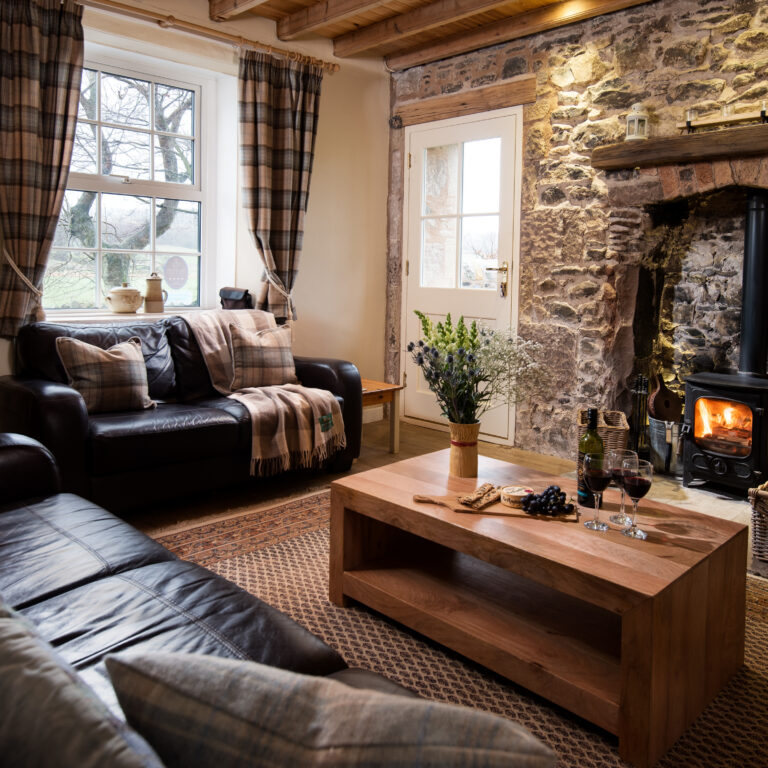The Christmas decorations are down and the on-site bottle recycling bin is emptied. As we say goodbye to our last guests of 2018, it is all about looking forward to welcoming the first of 2019. Meanwhile, life on the farm is relatively quiet.
We use this time of the year to manage projects on the farm. From tree clearing after the high winds last year to hedge cutting we continue to be environmentally conscious. All timber from fallen trees is cut into logs and dried for use in the cottage fires. Our hedges are cut over the winter to cause minimal disruption to nesting birds in the spring. We are also doing some important building work: a new and improved chicken palace has been created at the back of the cottages for our resident hens.
Made out of four original stone-constructed sow pig grieves which have been cleared out and re-pointed, the accommodation is waterproof and draft proof, including night-time lock-in facilities to protect the birds from predators.
Inside the hens are comfortable with dry straw perches where they have fresh water and access to high protein balanced feed and energy layers’ mash together with farm-produced wheat. Here they sleep from dusk until dawn when they are let out. Outside they have a sunning area and an extensive rough area for pecking at food scraps (they love grapes and potatoes), socialising and moving around freely so they can follow their natural patterns of behaviour.
The flock comprises of Marans, Buff Orpington, Silkies, Bantams and Rhode Island Reds. There are eight hens in total and they all get on extremely well. There is also a Bantam cockerel who is, thankfully, very quiet and does not disturb cottage guests at dawn like some others. The girls produce about 6 eggs a day, providing delicious fresh eggs for our guests.
The sheep flock can still be seen out on the hill. In addition to grass, they are eating home-produced pea haulm which is a by-product of the vining pea crop as well as haylage and some home-produced barley. They have recently been scanned and all bar four of them are in lamb; most expecting twins which is the ideal. We will shortly be bringing them into their winter and lambing housing where we can feed them appropriately to the number of lambs they are carrying. The majority (the Suffolk Cross ewes) have lambed before but the Mules will be first-time mothers this year so will require a bit of tender loving care in early March.
